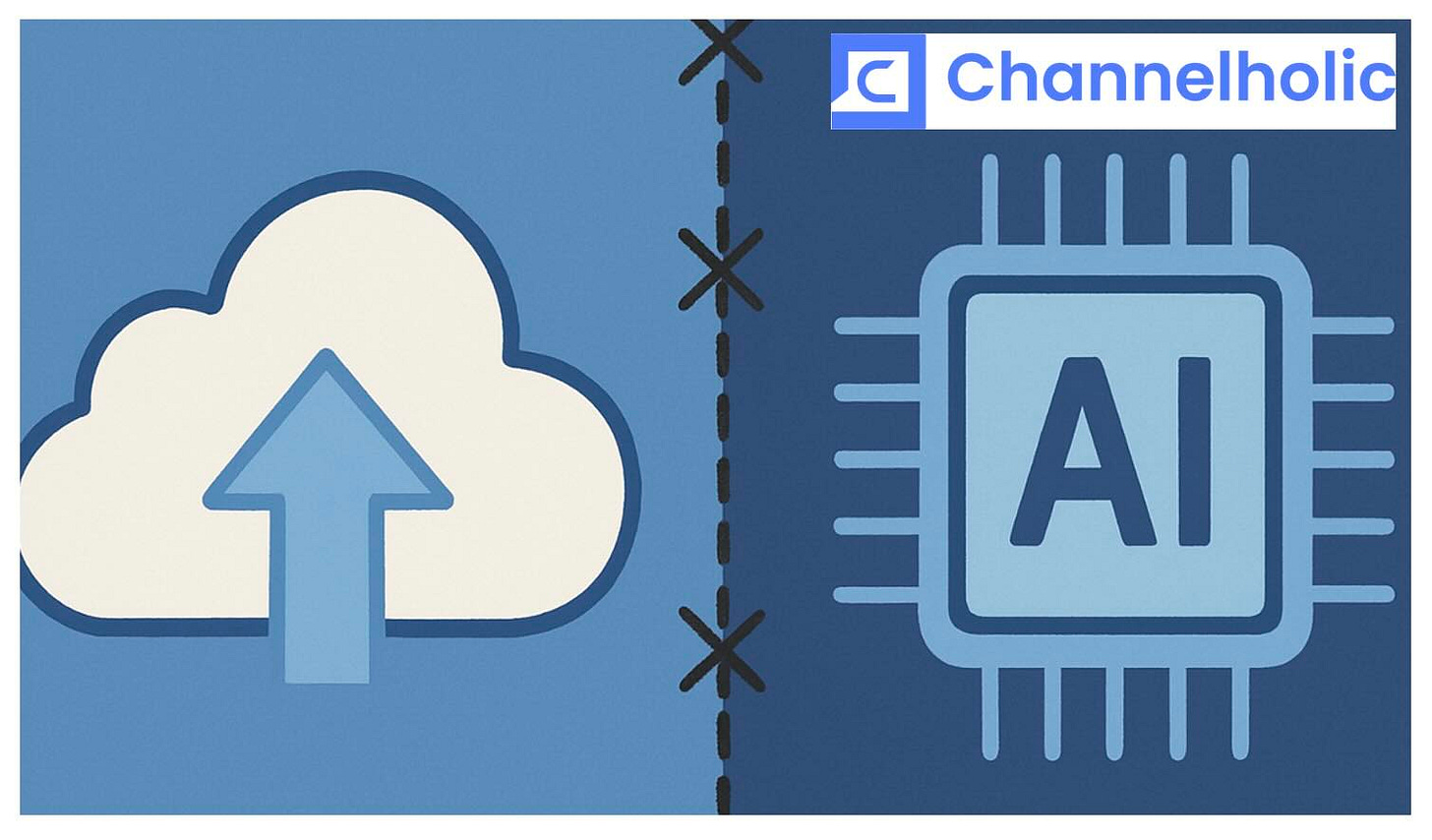In Defense of Seams
Why N-able and NinjaOne believe Kaseya and Syncro are wrong about the value of third-party integrations.
Let it not be said that Kaseya doesn’t believe in offering MSPs a choice. Following its relatively unheralded acquisition of IT management suite maker Pulseway a few days back, it now has three RMM solutions and three different options for ticketing.
That said, Kaseya has long and clearly been deeply wedded to the idea that MSPs are almost always better off buying as many tools as possible from one supplier, provided those tools are integrated at the source code level. Multi-vendor stacks connected via APIs, the company believes, are inherently more expensive and less capable than single-vendor platforms. The latest example of that conviction in action, released late last month, is Kaseya 365 Ops, a deeply integrated collection of back-office tools that, like the rest of the Kaseya 365 family, sells at an extremely low price.
Not coincidentally, the day Kaseya 365 Ops debuted was also the day Syncro released Syncro XMM, a product similarly designed around the proposition that third-party integrations are productivity and profitability killers that wise MSPs avoid.
I wrote a post entitled “Death to Seams” about both solutions and their implications for the larger platforms versus best-of-breed debate three weeks ago. Mike Adler, N-able’s chief technology and product officer, found reading it a little frustrating.
“It’s like everyone’s running to the extremes,” he says. “Why does everyone think that that’s the answer when there’s going to be parties in both camps at almost all times?”
Adler and I spoke about the matter at his request last week, and out of fairness I decided to give NinjaOne a chance to chime in too. Peter Bretton, the company’s vice president of product strategy, is as skeptical as Adler of either/or thinking on integrations.
“We’ve shown and proven repeatedly that there is benefit in a unified platform with a unified data model,” he says. But, he adds, “it is bordering on egomaniacal to say that any one company can solve all of an MSP’s needs.”
N-able and Ninja disagree about many things, but when it comes to robust support for third-party integrations, it turns out, they share four beliefs in common:
1. An all-inclusive, one-supplier platform can be the right choice for younger MSPs getting a freshly hatched practice off the ground. “Smaller MSPs are going to probably receive an outsize benefit from a unified platform,” Bretton says. “It’s easier to set up. It’s easier to implement. It’s easier to deploy. It’s easier to train on.” However…
2. Eventually, those younger, smaller MSPs are going to outgrow their all-inclusive platform. More specifically, Adler says, they’re going to start running into industry-specific scenarios and customer-specific needs that their all-inclusive platform doesn’t address.
“That’s a really, really important mindset. Your business is going to change. Your business is going to grow. You’ll get new customers with new requirements,” Adler says. “If you have this all-in-one box and you’re locked into that box, what do you do when you need to break out?”
3. Vendors, including big ones with plenty of money to spend, can’t possibly excel in everything at once. “I can’t even probably get effective feedback that helps me build a customer-centric roadmap for 50 products,” Bretton says. “It’s just not possible. And so if you go super broad, you are invariably saying, ‘I will not invest as much in each of these products as a company that is focused on just one.’”
The resulting compromises, Bretton continues, can have serious consequences, which is why NinjaOne doesn’t offer endpoint protection software and never will.
“We think that core platform vendors in the MSP space shouldn’t be building EPP products,” Bretton says. “The amount of research and development and effort and expertise needed to really protect clients should be left to the security vendors.”
4. All-in platform providers can’t possibly keep up with every innovation in every technology category either. The best, most relevant illustration, according to Adler, is AI, where every week seems to bring some new development that MSPs and their clients want to take advantage of sooner than all-in platform providers can hope to accommodate. Interestingly enough, N-able had AI very much on its mind when it developed the interactive, next-generation API it introduced last March.
“We could see AI coming,” Adler recalls, but didn’t know who the winners would be, and couldn’t wait around to find out. “We have APIs, but we needed stronger, action-driven APIs that bi-directionally exchange information, because there’s going to be a bunch of AI stuff in the background here that people are going to start playing with.”
Now, at this point, I’ve given Kaseya, Syncro, N-able, and NinjaOne opportunities to comment on the merits of platforms and integrations. Why not ConnectWise too, you ask? Stay tuned, folks. I’ll be at that vendor’s IT Nation Secure event in just a few days.



